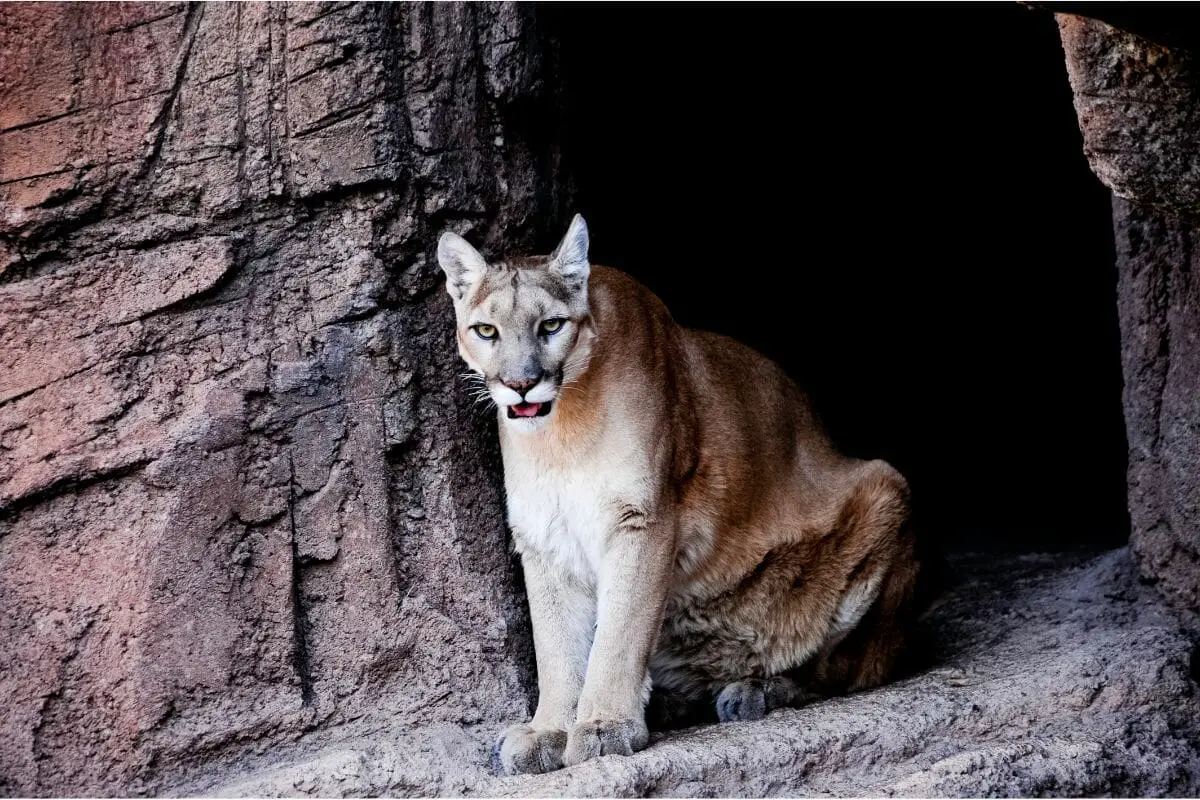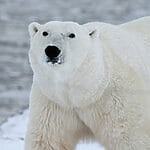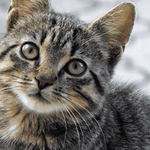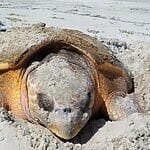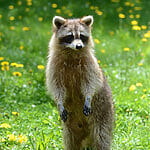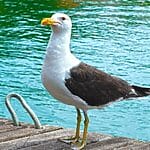There are many different ecosystems on our planet. The habitats of the respective ecosystems are all unique.
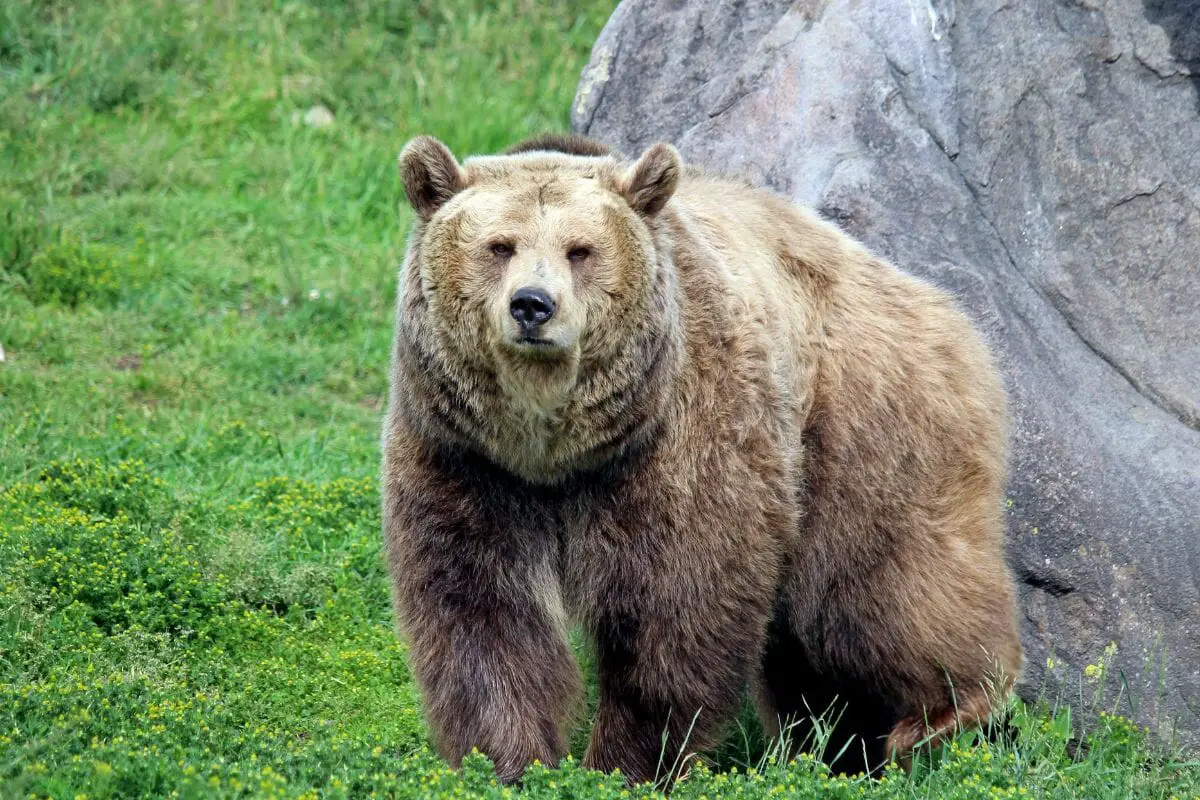
Forests are filled with shrubs, trees, and an abundance of plants that adorn the forest floor. Not only that, but there are many bodies of water home to different sea creatures, plants, and algae. So, this means that there are various kinds of animals that live in this ecosystem.
In this article, we will tell you all you need to know about the ecosystem of the forest. In particular, the animals that live there.
So, if this is of interest to you, read on for more!
Animals That Live In The Forest
Here are some of the best examples of animals that live in the forest!
Spider Monkeys
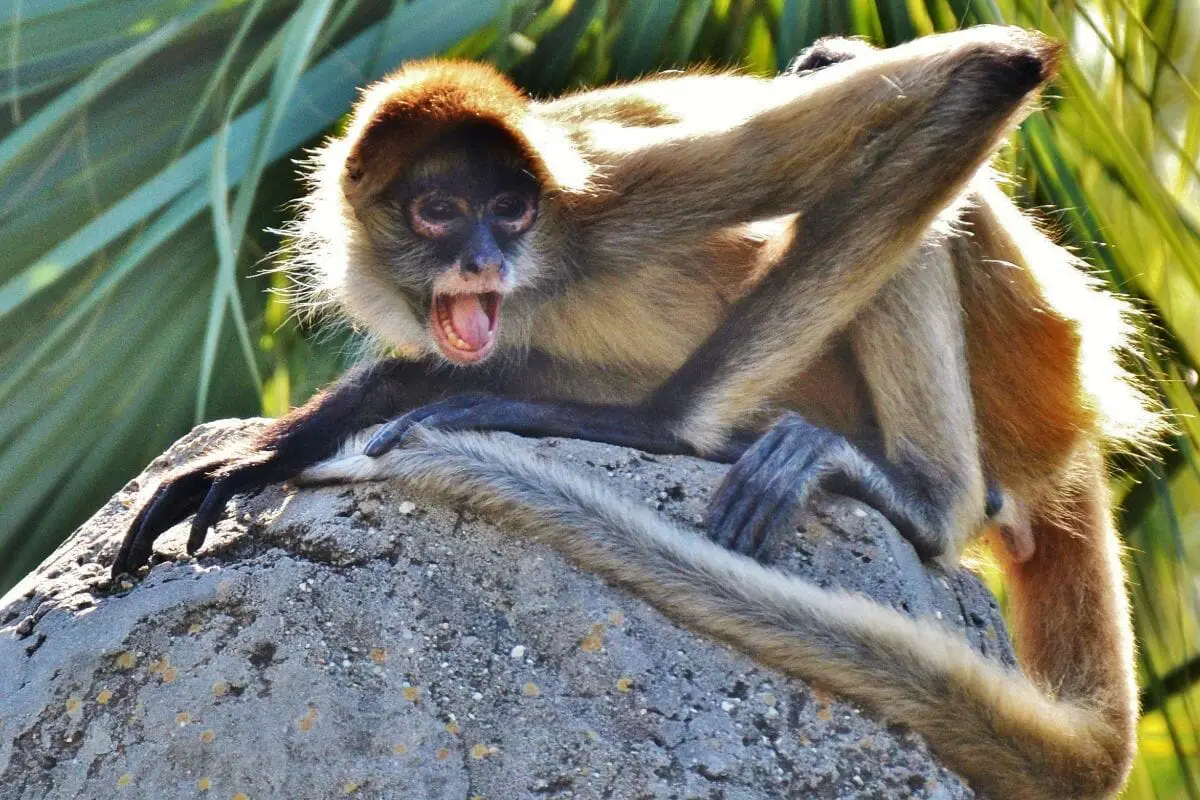
Spider monkeys live in the rainforests of both Central and South America. There are seven different species of spider monkey, all of which have prehensile tails and long limbs.
It comes as no surprise that they are some of the most acrobatic monkeys in the world. Not only that, but they are extremely intelligent creatures. Spider monkeys will use their tails to help them swing between trees.
Spider monkeys like to eat nuts, seeds, berries, and fruit. The dominant female is the one who will look for food and hold the responsibility of guiding the group to new sources of food. Spider monkeys will swallow their fruit whole, rather than chew it.
Sadly, due to deforestation, Spider monkeys are classified as an endangered species.
Lynx
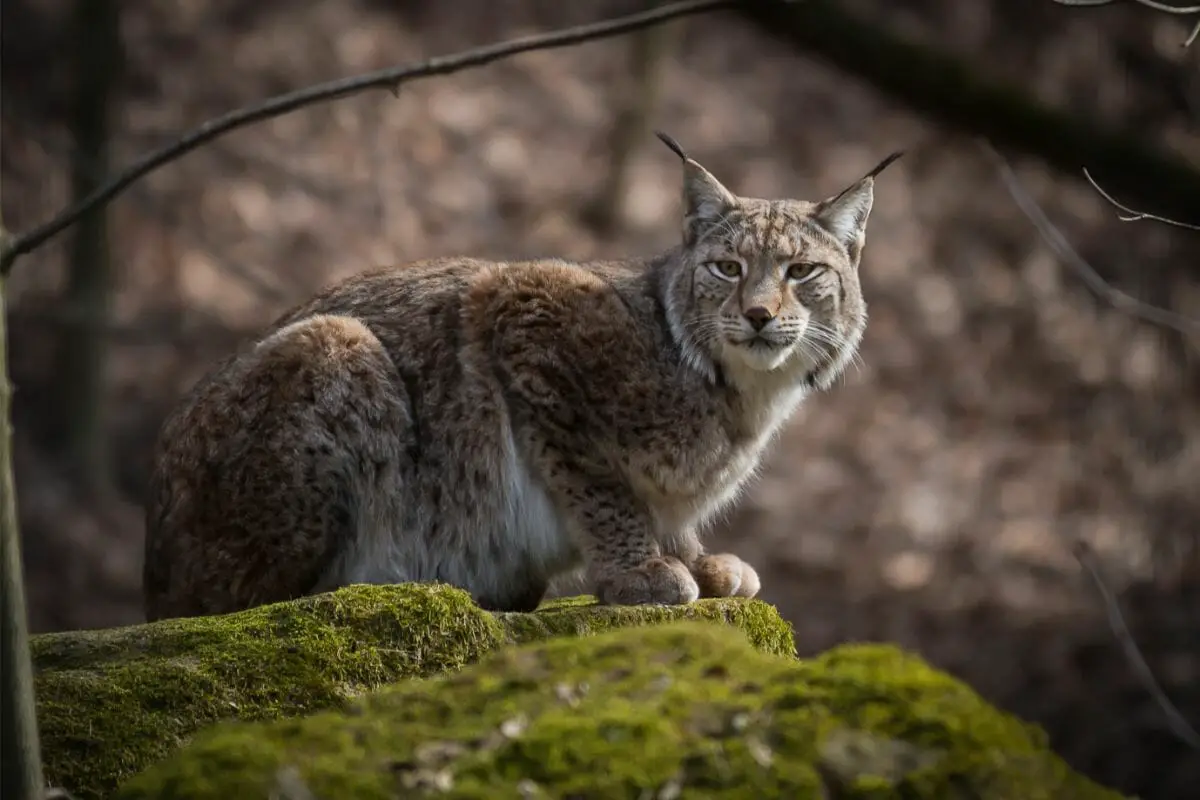
You can find lynx in various regions around the world. There are four different lynx species, the Iberian lynx, the bobcat, the Canada lynx, and the Eurasian lynx, all of which live in forests.
Lynx are fantastic jumpers and climbers, thanks to their robust bodies. The mating season of lynx happens anytime from the middle of winter to early spring, and once the young are born, the male lynx will help to take care of it.
Lynx will hunt a range of animals, such as rabbits, turkeys, mice, voles, squirrels, sheep, foxes, grouse, goats, fish, and ptarmigans. They will sometimes eat deer.
Sadly, the Iberian lynx is now classified as endangered, thanks to accidents on the road, habitat loss, a decrease in food sources, and illegal hunting (both the Iberian and Eurasian lynx are protected against hunting legally.)
Brown Bears
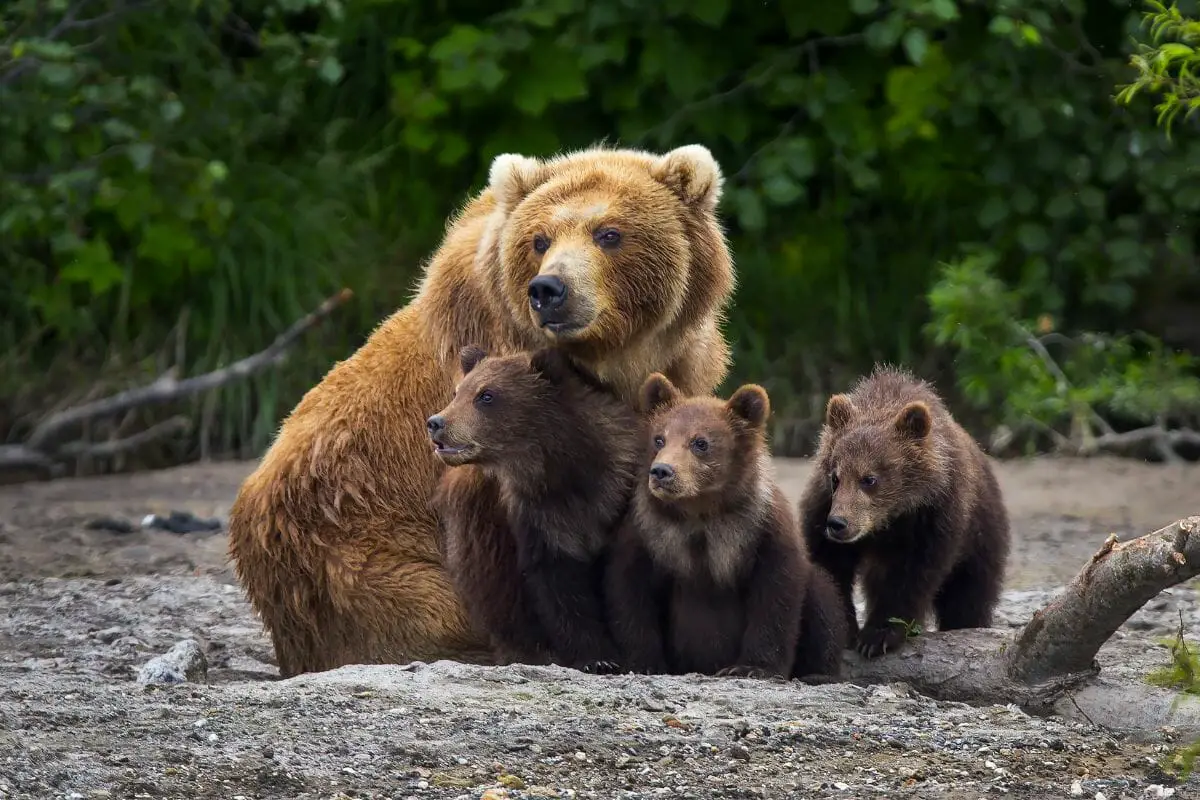
Brown bears are another type of animal that lives near volcanoes and in the forest! You will be able to find them in Europe, Asia, and North America.
Brown bears are known as plantigrades, meaning they are able to stand up using their hind legs. Brown bears are excellent at using their hearing and sense of smell to guide them through the forest.
These bears are omnivores and will eat a wide range of foods, including mammals, nuts, reptiles, berries, insects, amphibians, fish, and fruit. Sometimes, you might spot a brown bear eating from a trash can if they are close to humans!
During the winter, brown bears will hibernate in dens and burrows. The young will live with their mother until they are 1.5 years old.
Brown bears are not classified as an endangered species.
Raccoons
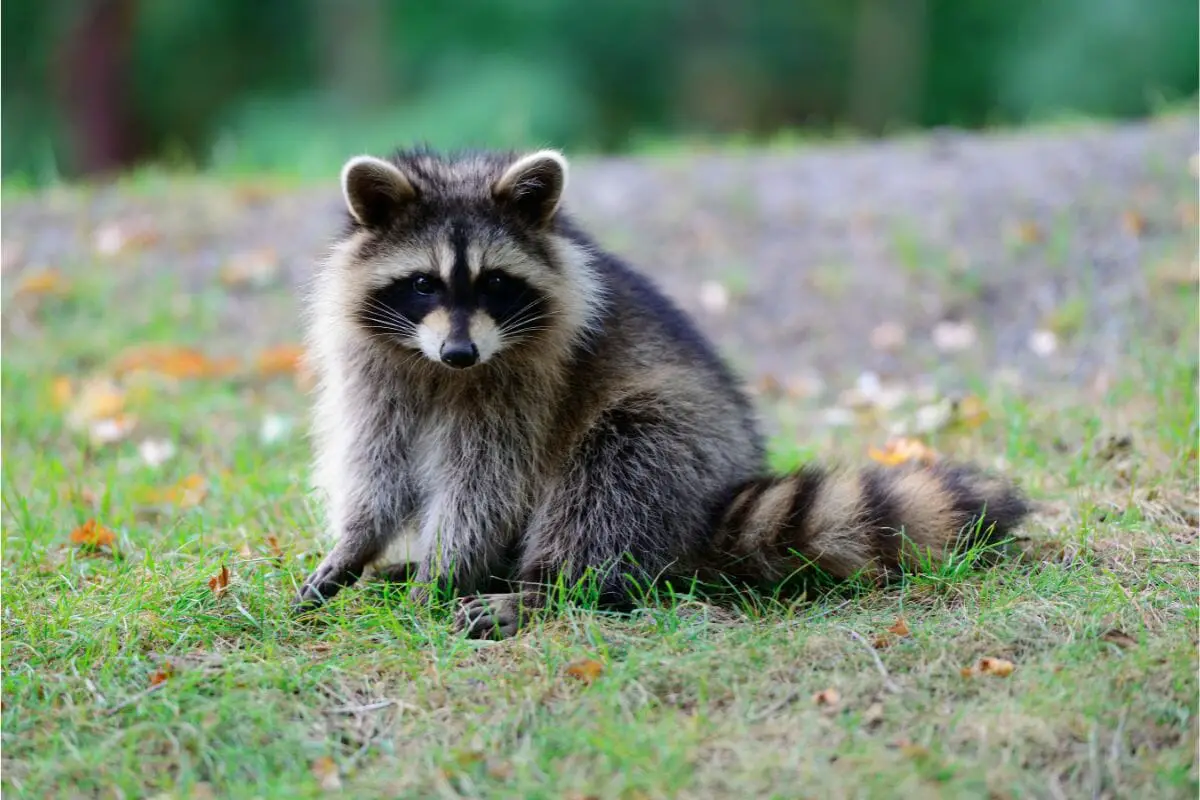
Raccoons live in the forests of North America, and are animals of a medium-size, measuring around 20”. They have a characteristic striped tail, along with white fur on their feed and green fur on their backs. They also have characteristic black spots circling their eyes.
Raccoons generally prefer to live close to rivers in the forest. They use their dexterous front paws to catch frogs to eat. They will also eat fruit, insects, mice, and eggs.
The breeding season for raccoons happens between January and June. The mother and her young will stay together for the young’s first winter, but then they will separate during the spring.
Jaguars
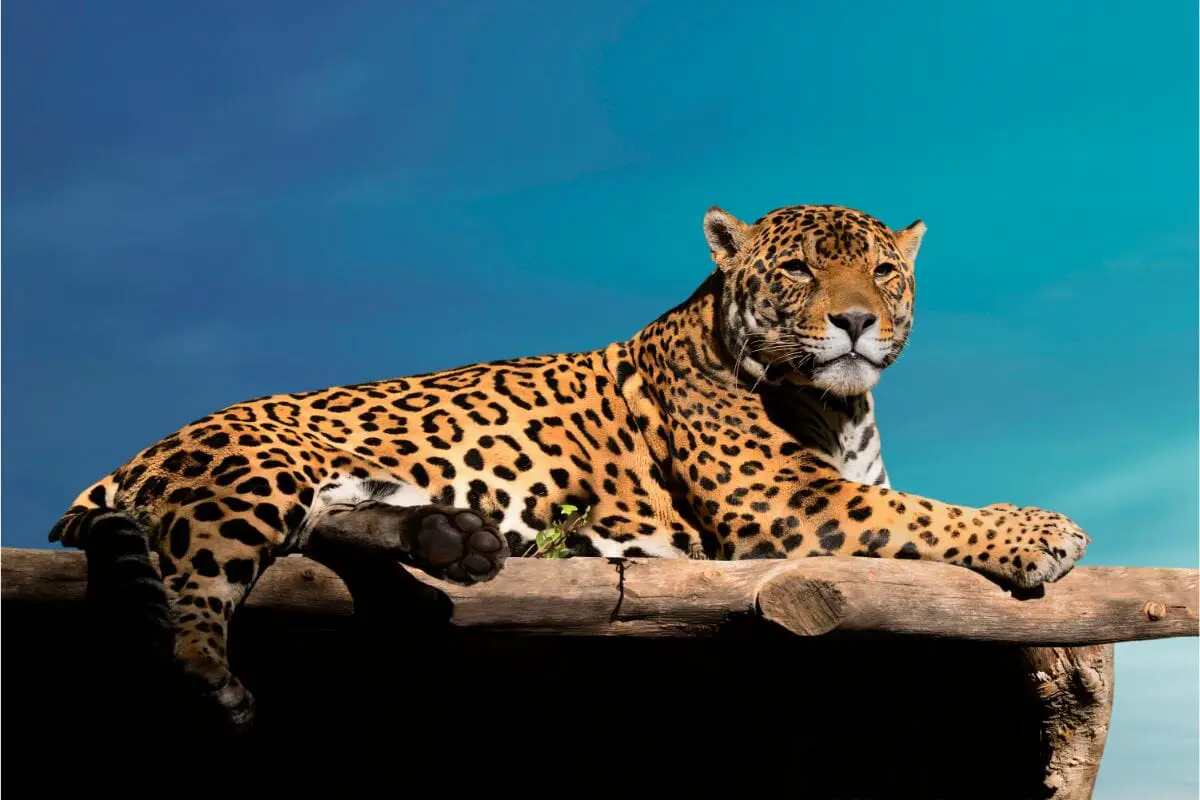
Jaguars can be found in North America, Argentina, and Paraguay. These animals are solitary creatures, and will typically hunt by ambushing their prey, which consists of deer, capybaras, cattle, and more.
Jaguars ambush their prey at night, and have large muscles in their jaws that allow them to kill their prey with ease.
Not only that, but their large paws enable them to climb tees, swim in both streams and rivers, and tread softly along the forest floor. In fact jaguars like to swim and are extremely good at it. Consequently, they often make their homes near water.
However, they can also live in canyons and caves.
Jaguars will mate throughout the year, but most births will happen throughout the rainy season.
Owls

Forest trees make an excellent home for owls. They make their home in forests all around the world. They are large birds, measuring around 29” tall and have a wingspan of 5.5 ft.
Additionally, owls are nocturnal creatures. They have calls that can be heard for miles. Owls have a varied diet consisting of rats, rabbits, pigeons, squirrels, and more.
Typically, owls are solitary creatures and will live alone until the mating season. After this, female owls will lay between 1 to 6 eggs. The eggs will be incubated inside tree trunks by the female owls while the male owls hunt for food.
Deer
Deer can be found in North and South America. Musk deer can be found in Asia and Africa. Deer have long necks, thin legs, and spotted fur. They will often have antlers protruding from their cranium.
Deer follow a herbivore diet. They will eat tree leaves, branches, and water plants.
Deer like to be sheltered during the winter, so they will look for coniferous trees to live by. They have an excellent winter coat, consisting of a furry undercoat and guard hairs. This helps them to maintain their body heat.
On top of that, their body temperature does not go out. Consequently, they will be able to melt any snow that falls onto their backs.
Final Thoughts
There are various animals that live in the forest. Which one from our list is your favorite?


